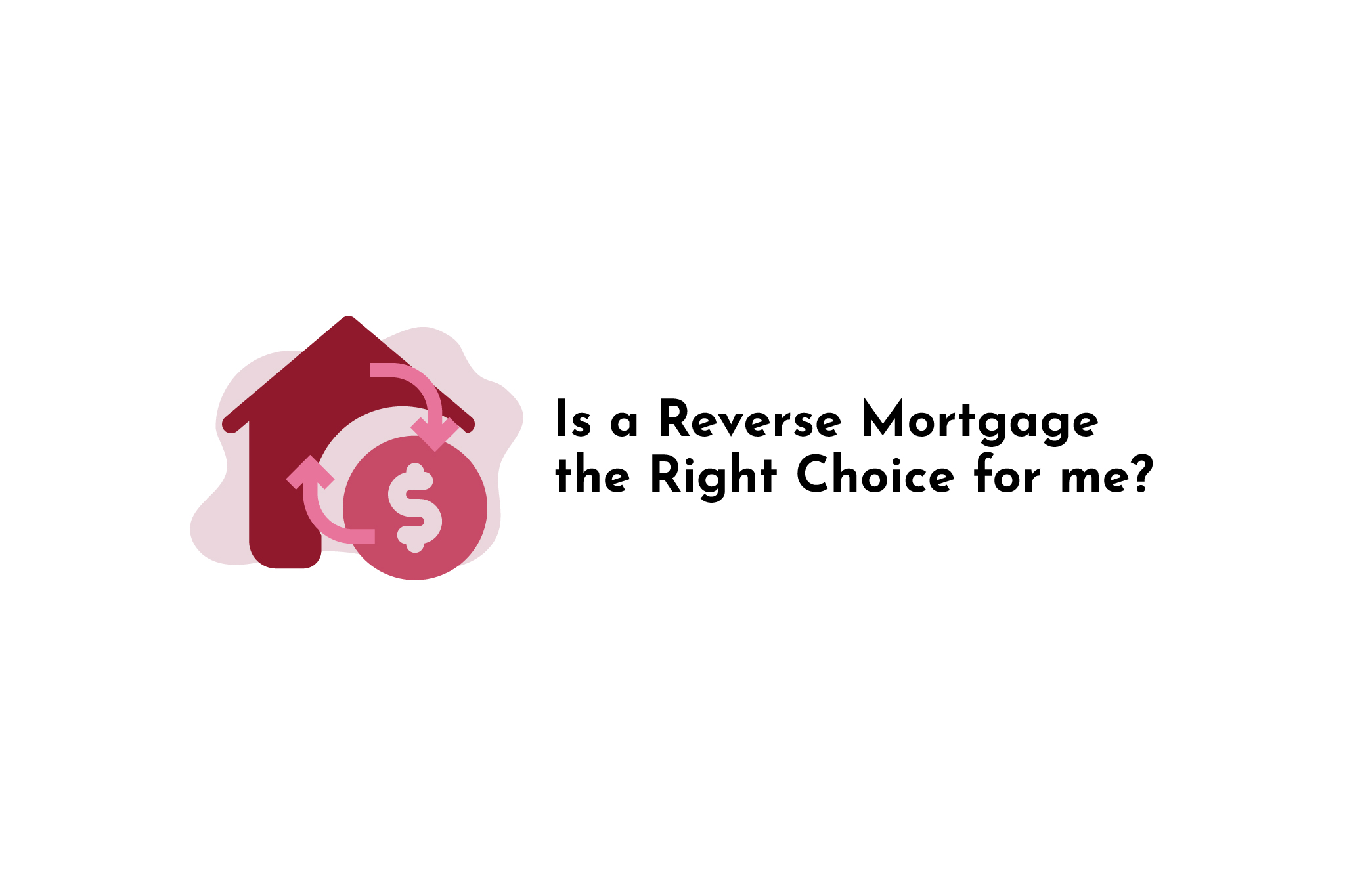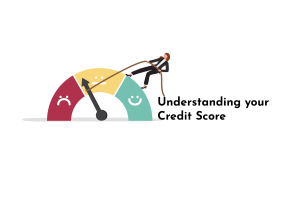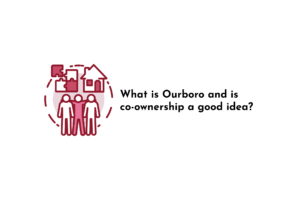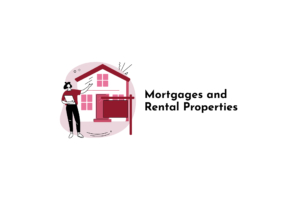As you approach retirement in Canada and analyze your retirement plan, you may begin to see that there is a gap in your retirement income needs versus your ability to generate that income. Many Canadians aged 55+ have been saving in their personal RRSPs, TFSAs and employer-sponsored retirement plans for many years. You will also have access to Canada Pension Plan (CPP) and Old Age Security (OAS) once you meet the age requirements for those government retirement plans. Our experience shows that many people approaching retirement still face a shortfall between what they feel they need to live on in retirement and what their savings and government plans will generate. At the same time, many Canadians are living in homes with a lot of equity in them. It is common for Canadians to have most of their net worth in the form of equity in their principal residences. It is also true that being able to access this home equity would make bridging the gap between income needs and the ability to generate that income easier. The problem is that people don’t know how to access this portion of their wealth. There are a few options available, and we will look at them here. The primary focus will be on the idea of a reverse mortgage, but we will compare it to other options as well.
In This Article:
- What is a Reverse Mortgage?
- How Does a Reverse Mortgage Work?
- What if I Have a Mortgage in Place?
- What about Repayment?
- What are my Other Options?
- Does a Reverse Mortgage Work for Me?
- Conclusion
What is a Reverse Mortgage?
A reverse mortgage is a loan from a company that provides you with an amount equal to up to 55% of the equity in your home. It can come as a lump sum or as an annuity (paying you in installments). The Canadian government web page refers to these types of loans as an ‘equity release,’ which is a great term for it. There’s no worse feeling than having equity in your home that you can’t access to help you with daily living. By releasing this equity to the homeowner, they are often able to fill in the gaps in their retirement plan and live the lifestyle they were hoping for.

How Does a Reverse Mortgage Work?
The first two criteria for a reverse mortgage are that you own a home and you’re over the age of 55. If you meet these two minimums, you can apply for a reverse mortgage. After that, a reverse mortgage typically has no requirement to repay the loan amount prior to selling your home. We will address the main triggers for repayment later in this blog. There is interest that accrues on the loan, so the amount outstanding will build over time. The hope is that, as the value of your home increases over time, this keeps up with (or even outpaces) the interest charged. You can continue to live in the home as long as you need to without an additional monthly payment hanging over you. Reverse mortgages are a one-time qualification product. Once you have it in place, you don’t need to worry about requalifying in the future. A reverse mortgage can have fixed or variable interest rates. The fixed-rate plans have a set rate for the duration of the contract; variable rates will be linked to an underlying benchmark rate. Typically, if you take the fixed rate option, you need to take the lump sum payment; if you go with a variable rate, you may be able to opt for installment payments. A fixed rate allows you to know with certainty what the cost of borrowing is, whereas variable-rate contracts don’t offer the same certainty.
What if I Have a Mortgage in Place?
The first thing that you would have to do is pay off any outstanding loans or mortgages that are linked to your home. Not to worry, though; you can use the proceeds of a reverse mortgage to do this. For example, if you own a home worth $750,000, the maximum amount of a reverse mortgage would be $412,500 (55% of the value of the home). If there is a mortgage of $100,000 still on the property, the reverse mortgage lender would take the first $100,000 and pay off that loan, making $312,500 the amount available to the owner in cash. You need to consider any fees that are required to set up the loan as well. You may need to get an appraisal on your home; there may be a setup fee for the account and legal fees as well. You should also consider the idea that it is very likely that the interest rate that you pay on a loan will be higher than mortgage rates are at the time. A qualified mortgage broker can run the math for you and show you if the strategy makes sense based on the interest rates at the time you are considering this as an option.
What about Repayment?
You shouldn’t need to make regular repayments on a reverse mortgage. That doesn’t mean you can’t, though. If you would like, you can repay the principal and interest in full at any time. Just like a standard mortgage, though, this may result in a fee applied to allow you to pay it off early. In most cases, the balance is paid off when one of the triggering events outlined in the contract happens. These typically include:
- You sell or move out of your home. Selling is straightforward; you sell the asset that the loan is linked to, so you have to repay the balance of the loan from those proceeds. The idea of moving out is different, though. You need the home with the reverse mortgage attached to it to be your principal residence. You can’t move out and maintain ownership of the residence and use it as a rental (for example). Once it isn’t your primary residence, you need to repay the loan. This could be an issue for travellers and snowbirds. You often need to live somewhere a minimum of six months out of the year for a home to be considered your primary residence. Another item to keep in mind is to know what happens if the homeowner needs to move into long-term care. There will often be a set number of days outlined in the contract where, after this type of move, the balance needs to be paid off.
- The last borrower dies. If parents own a house and take out a reverse mortgage and pass the kids the homeownership through their will, this triggers a repayment requirement. Even though the home hasn’t technically been sold, the last person who signed on as a borrower has died, so repayment is necessary.
- You default on the loan. Defaulting on the loan will depend on what conditions your lender has in place. Examples of ways to default on the loan could be allowing the home to fall into disrepair badly enough that the value begins to decline or using the money from the reverse mortgage for illegal purposes. With these two conditions, you can see one thing is for sure. No grow ops. These are both illegal and will decrease the value of your home, so they’re double no-nos!

What are my Other Options?
There are options available other than reverse mortgages if you are looking to release some of your home equity. The most common one is a line of credit that is secured against the equity in your home. This is an option that you could consider if you require the ability to access your home’s equity to support your retirement. The main differences between a reverse mortgage and a home equity line of credit are in a couple of areas. For ease of comparison, assume that you can qualify for both a reverse mortgage and a home equity line of credit that equal 55% of your home’s value and is mortgage-free. Again, back to the $750,000 house; this means that you have access to $412,500. If you have a reverse mortgage where this is paid as a lump sum, interest is charged on the full amount from the beginning, and there are no repayments required. If you use a home equity line of credit, you aren’t required to take a lump sum. Instead, you can use the funds on an as-needed basis. Interest only accrues on outstanding balances, but you will be required to make payments on the outstanding amount. You may also be subject to floating interest rates on a home equity line of credit and stricter qualifying criteria than a reverse mortgage. Many people suggest that if you want to use a line of credit, you apply for it while you are still working because the approval process goes much more smoothly with T4 employment income. This requires some foresight; a home equity line of credit may not be an option if you didn’t set one up prior to retirement and need the money later in life.
Aside from a home equity line of credit, you could consider refinancing through a traditional mortgage to access some home equity, selling and downsizing, or focusing on lowering your living expenses. All of these are ideas that could help you make things work with your existing income. If they work for you depends on your unique situation.
Does a Reverse Mortgage Work for Me?
If it works for you comes down to your personal situation. Here are a few tidbits to think about, though:
- How important is it to you to stay in your home? The feeling of well-being associated with being in familiar surroundings is very important to many people as they age.
- How important is your estate value to you? Using a reverse mortgage will decrease the equity in your home, and this relates directly to how much money people are able to leave for the next generation.
- The money you receive from a reverse mortgage loan is not taxable income when you receive it. Investment gains on a lump sum may create some taxable income, but if you rely on government benefits like OAS and the Guaranteed Income Supplement, the clawbacks associated with the money from a reverse mortgage loan should be minimal.
- This can improve your cash flow in two ways. The first is that you have the additional funds at your disposal, and the second is that, since there’s no repayment requirement, if you had a payment to service a debt that was paid off when you took out the reverse mortgage, you no longer have the monthly expense associated with that payment.
- A reverse mortgage will influence your ability to use your home as collateral for other things. For example, taking out a home equity line of credit may not work if you have a reverse mortgage loan in place.
Conclusion
A reverse mortgage is an option that we see help people stay in their homes longer. Moving is stressful. When you are elderly and potentially experiencing health problems, adding the thought of relocating away from a home you have lived in for years can be unpleasant. The idea of downsizing and where to put a lifetime of the belongings you’ve accumulated creates a lot of stress. We see that people like the idea of reverse mortgages because it allows them to stay in their homes, where they are comfortable, while still being able to afford to live. It is less often that someone uses reverse mortgage money to take a trip around the world. More frequently, it is a tool that allows them to help cover the costs of healthcare and daily living while keeping them in a familiar environment. Not worrying about needing to change where you live is a relief for many retirees, and less stress is always a good idea.







